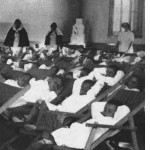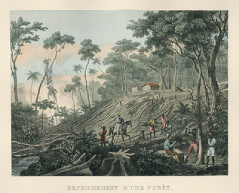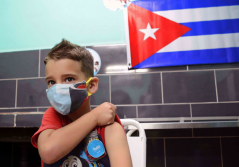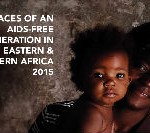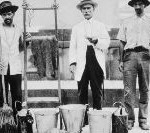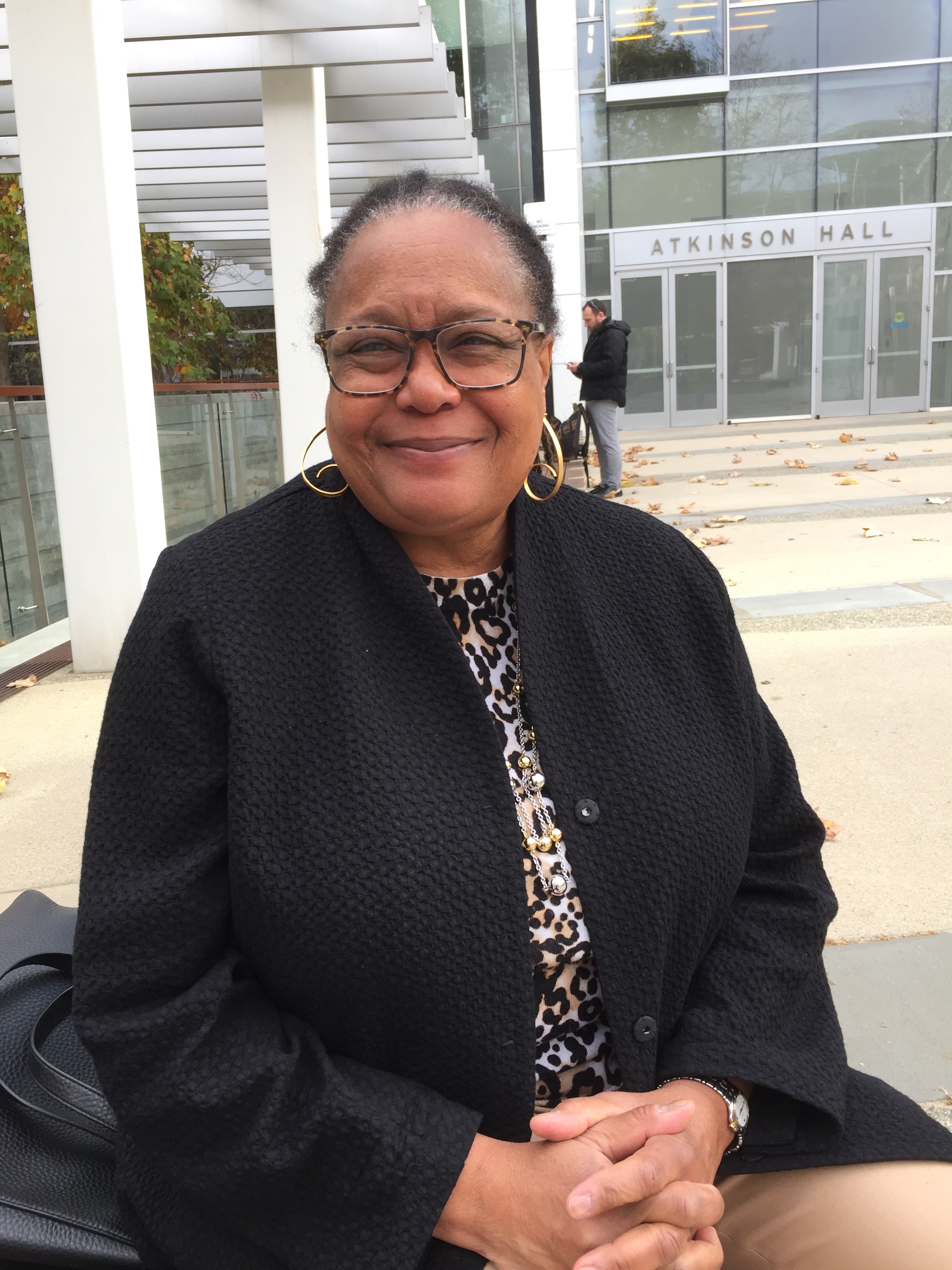June, 5th 2020
Section: Coroanvirus and History
Vivek Neelakantan, Historian of Medicine, specialising in Southeast Asia.
COVID-19 is a highly infectious disease caused by the newly-discovered coronavirus that has infected approximately 3.35 million people and killed 239,000 worldwide. In India, a country with over 1.3 billion inhabitants of which 21.9% live in poverty, the disease has infected 37,336 people and 1223 have died as on May 2, 2020. The disease is fatal amongst the elderly over the age of 60, or those with underlying medical problems such as diabetes, hypertension, cardiac problems, or cancer.

A Chennai Police wearing a Corona Helmet to dissuade the public from venturing out during lockdown, April 2020 (Public Domain, CC0 License).
In the absence of any prophylactic measure such as a vaccine— to prevent the spread of the virus— and insufficient testing of the population for COVID-19, the Indian government has focused on non-pharmaceutical interventions such as social distancing, quarantining of infected individuals, and a nationwide lockdown. In this article, I will argue that the trajectory of the COVID-19 pandemic has revealed fault lines in Indian administration, especially impacting the lives of migrant laborers who have no social security, or the substantial Muslim minority (comprising 14.6% of the country’s population) that fears disenfranchisement.

Vivek Neelakantan, 2018-2019 Consortium Research Fellow. Photo: Consortium for History of Science, technology and medicine.
Since the 1920s, physicians and historians of disease— preoccupied with social medicine— have tended to view epidemic and endemic diseases not as an alien visitation but the consequence of social inequity. This text uses a political economy of health approach that focuses on socio-structural factors while addressing COVID-19 concerns instead of solely focusing on biomedical and/or behavioral approaches (Birn, Pillay, and Holtz, 2017).
The COVID-19 pandemic is a major political test for right wing Prime Minister Narendra Modi— who was elected in 2014 as part of an alliance between the center-right and right-wing parties. His government has been challenged with a growth recession and a political crisis precipitated by the controversial Citizenship Amendment Act (CAA) that intended to grant citizenship to persecuted non-Muslim religious minorities from Muslim-majority neighbors such as Pakistan and Bangladesh. The United High Commission for Human Rights criticized the legislation as it excluded Muslims. The passage of this legislation led to violent political demonstrations in India between December 2019 and mid-March 2020 before the COVID-19 pandemic pushed the CAA to the backburner.
Modi announced a national lockdown on March 24, 2020 to contain the spread of the virus. In his announcement, Modi mentioned that there were plans to keep essential services open. But, the details of the plan were not disclosed.
As borders were sealed on March 26, Delhi, where 21 million people live and the outbreak was acute, witnessed an exodus of some 300,000 migrant workers to other states. Living between a rock and a hard place, with no daily income due to the lockdown, workers were pushed home. The state of Uttar Pradesh, located in the northern part of the country had arranged transportation for migrant workers to their hometowns. But given the fear that migrant workers might spread the virus into rural areas, the central government took stringent measures against interstate travel, leaving a large number of workers stranded.
In his televised address to the nation on April 14—a day before the initial lockdown was supposed to be lifted—Modi noted that India had benefitted greatly from social distancing and the lockdown. He maintained that even before the first case of COVID-19 was discovered in India on January 30, the country started scanning passengers from coronavirus-infected countries. Although this statement was true, scanning was selective and allowed the virus to spread undetected. It was only on March 17—when the virus spread to thirteen states and the WHO declared that there was evidence of local transmission— that the central government made home quarantine mandatory for all incoming travelers from overseas.
Modi justified extension of the lockdown until May 3, 2020 by stating to the effect that India had a comparatively low number of COVID-19 cases due to the lockdown. But, India’s relatively low number of cases can be attributed to a number of factors. First, testing rates are amongst the lowest in the world with approximately 170 tests per million. There has been a shortage of testing kits. Manufacturers of testing kits have struggled with labor shortages and transportation due to the lockdown. All this implies that the government’s assertion that India had a comparatively low number of COVID-19 cases is ambiguous.
There were considerable ambiguities in Modi’s address regarding the management of COVID-19. In his address, Modi mentioned that the central and state governments were working together to minimize problems of farmers, imposed by the lockdown. Whereas the central government exempted agricultural activities from the lockdown, the complete crackdown on internal migration ensued that there was a lack of migrant labor who would harvest the rabi (winter) crop. Given the shortage of agricultural labor and lack of mandis (markets) to sell their crops, the situation seems to be dire for most farmers during the current lockdown.
The World Health Organization (WHO) praised India’s measures against COVID-19 as tough and timely. The lockdown has given the government adequate time to prepare for a surge in cases when the pandemic is forecast to peak in early May.
As in many countries, the Indian Ministry of Health had issued health messages that emphasized the importance of wearing masks to minimize contagion, the need to wash hands regularly, or social distancing. But, given explosion in the prices of protective masks around March 21, or the absence of piped water means that preventative measures are unaffordable for a vast majority of the rural population. Social distancing in an Indian context is problematic, particularly in urban areas for two reasons. First, in cities such as Mumbai, nearly 41.3% of the population lives in slums under cramped conditions. Second, given the inhuman practice of untouchability, there is a fear that the disease might heighten caste-based discrimination. The solutions to India’s COVID-19 problems are social as exemplified in the slogan issued by the Kerala state government, “Physical Distance, Social Solidarity.”
COVID-19 has exacerbated Islamophobia in India. Several Indian and foreign delegates to the annual Tablighi Jamaat gathering (March 13-15)—an Islamic Missionary Movement headquartered in Markaz Nizamuddin mosque, New Delhi—tested positive for COVID-19 by March 18, 2020. Health authorities did not screen suspected cases even though there were reports that some people who had traveled to the Markaz had contracted COVID-19. By the first week of April, of the nearly 4400 COVID-19 cases in India, nearly a third were linked to the Tablighi Jamaat gathering. Subsequently, the Indian Home Ministry mobilized states into action to track the overseas attendees and quarantine them in accordance with the provisions of the Epidemic Disease Act that first came into effect in British India to contain the plague epidemic in Bombay (now known as Mumbai) in 1897. The Act does not provide for safeguards of basic human rights during an epidemic nor has it undergone judicial scrutiny since it was first introduced. Rumors circulate on social media that India’s Muslim minorities are waging a “Corona Jihad,” or weaponizing the coronavirus to target the Hindus.
The current pandemic raises an unanswered question as to whether the nationwide lockdown would contribute to flattening the curve (slowing the infection rate). Even if it were successful, social distancing norms to curb the spread of COVID-19 and the nationwide lockdown could derail the successful delivery of primary health services such as health promotion, maternal and child health as paramedical services are mobilized in the fight against the pandemic.
Further Readings
BIRN, Anne Emmanuelle, Y Pillay, and T Holtz. Textbook of global health. New York: Oxford University Press. 2017.
PENKAR, Ahan. Modi’s speech: unfounded half- truths at best, blatant denial of accountability at worst. Caravan. Accessed via https://caravanmagazine.in/politics/modis-speech-unfounded-half-truths-at-best-blatant-denial-of-accountability-at-worst. Accessed April 28, 2020. Published April 16, 2020.
How to cite this post:
Neelakantan, Vivek. Medicine Within Borders: India’s Response to COVID-19. In: Revista História, Ciências, Saúde – Manguinhos (Blog). Published on June, 5th, 2020. Accessed in [date].
See in Manguinhos:
From international to global: the geopolitics of disease prevention. Hist. cienc. saude-Manguinhos, June 2016, vol.23, no.2. ·





